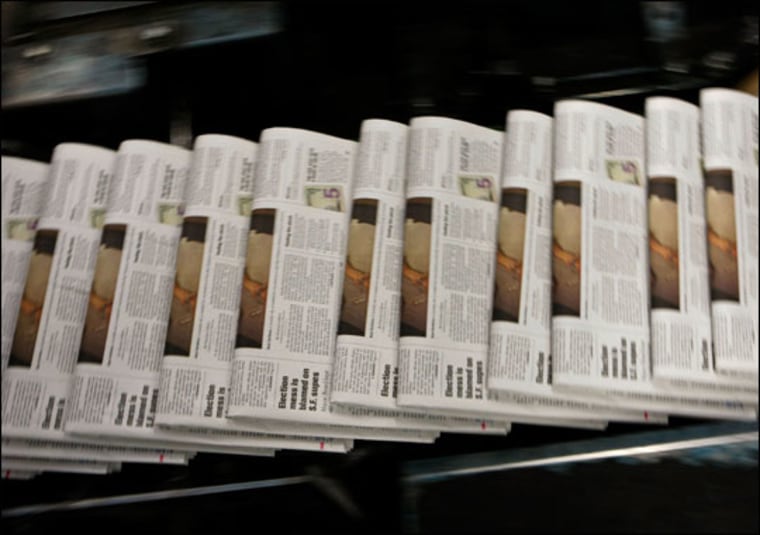In a move likely to thrill conspiracy theorists and government spooks, scientists from Rensselaer Polytechnic Institute are testing the limits of illicit messages hidden inside everyday communications, such as photographs, videos and newspapers.
"If you open up the communication and it looks just fine, that's a successful communication," said Jeremiah Harmson, who did most of the calculations while working on his doctorate at RPI and now works at Google. "But if you can't read it or it just looks suspicious, then you have failed."
This practice, called steganography, is the flip side of cryptography. In cryptography, everyone involved knows a message has been sent. What's not known — except to the decoder — is the content of the message. From WWII-era Enigma machines to modern-day computer bit encryption, a lot of effort has gone into devising new ways of cracking these codes.
Steganography hides the fact that a message was even sent, usually by hiding it in plain sight. In the movie "A Beautiful Mind," the main character, played by Russell Crowe, becomes convinced that the Communists are hiding messages inside news stories and loses his mind trying to decipher them.
Crowe's character was paranoid, but his fears were not entirely unfeasible.
Messages can be very simple. Changing a "zero" to a "one" in a particular location could mean either "yes" or "no." Messages this basic would be virtually impossible to detect if hidden inside an image or other large file. In fact, the sender wouldn't even have to change anything.
Harmson used the example of a stock trader giving illegal inside information to a client or friend. If the trader sent a family photo and the bit in the upper right corner (for example) was a "one," that could mean buy. If the bit was a "zero," that could mean sell.
Messages can also be quite detailed. Take a three-megapixel camera image, which has three million pixels. Each pixel can be one of three colors: red, blue or green. It takes three pixels to determine a particular character or letter. A single image, therefore, has the potential to encode one million different characters -- enough to fill a book.
Pushing frames together in a video would increase the amount of information that could be encoded as well.
If fully encoded, the video would be distorted and easily noticeable, even with the naked human eye, defeating the purpose of steganography.
In typical practice scenarios, a "prisoner" tries to send a message without being detected by a "warden" actively trying to find messages. The exact amount of information that can be hidden depends on the media (text, picture, audio, etc.), but in general, about 11 percent of an image can be changed before the "warden" finds out.
"How much I can hide and how large a payload I can encode without running into the risk of detection is one of the fundamental questions of steganography," said Jessica Fridrich, a professor of electrical and computer engineering at SUNY Binghamton in New York. "Jeremiah's work in this area is theoretical...and attempts to answer this question."
It's a question that will likely never be fully answered. Any way to hide a message will inevitably inspire others to create ways to detect it.
"It's a real cat and mouse game," said Fridrich.
More on Espionage | steganography
